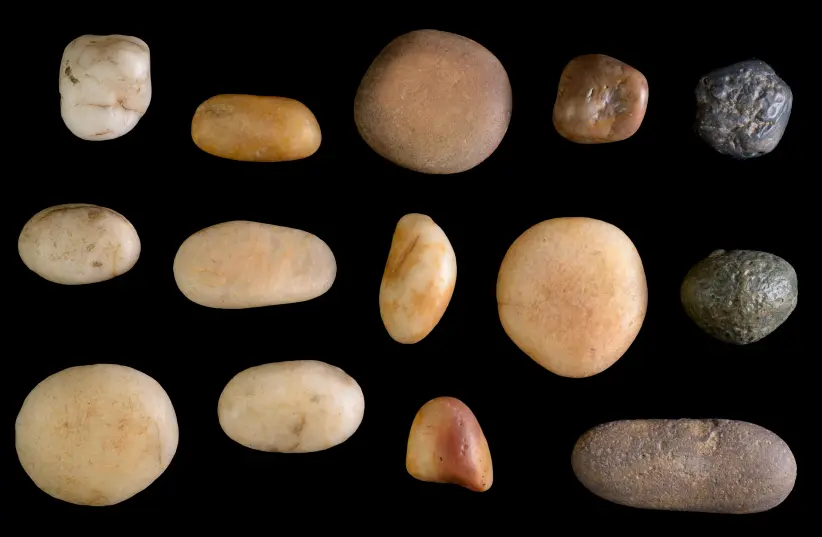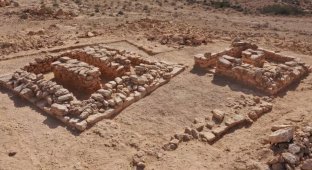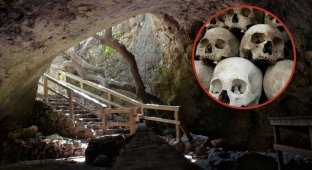Artifacts of ancient magical rituals found in the mountains of Eilat (3 photos)
Dr. Itamar Taxel from the Israel Antiquities Authority studied collection of artifacts discovered along the Darb al-Hajj route from Cairo to Mecca in the late 1990s. A new study says that items could be used in magical rituals to treat diseases and protection from the evil eye. 
Collection of objects discovered by Moti Shemtov in the mountains Eilat in southern Israel, includes fragments of clay rattles similar to on table tennis balls containing small pebbles, making a sound when shaken. Two miniatures were also found an altar for incense and several figurines, including a nude women or goddesses with raised hands.
"This find suggests that people in the early Ottoman period, as today, despite its religion, turned to sorcerers,” the researchers said. 
Fragment of a clay rattle
Analysis of the artifacts showed that they were made in Egypt. This is the first time such a significant collection has been discovered ritual objects, especially not in a permanent settlement.
Darb al-Hajj began in Cairo and passed through Sinai peninsula, the Eilat area and the city of Aqaba, and then continued on Arabian Peninsula. This route has been used since its inception Islam, from the 7th to the 19th centuries. AD
Several sites have been discovered in the vicinity of the Eilat mountains and buildings for pilgrims. Apparently they were used in Mamluk and Ottoman periods, starting from the XIII-XIV centuries. AD 
Quartz stones
"The artifacts were found broken, possibly intentionally smashed during ceremonies. Apparently, the rituals were performed by one or several people who practiced magic. From literary sources we We know that the rituals were popular among people from different strata society. Such rituals were performed daily along with religious rituals, including in the Muslim world, and pilgrims, those heading to the holy cities of Mecca and Medina were no exception," Itamar Taxel explained.
Archaeologist Omri Barzilai noted that the Darb al-Hajj route crosses the municipal boundaries of Eilat, making the city part of a unique archaeological and tourist area.























